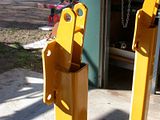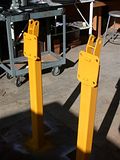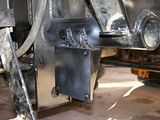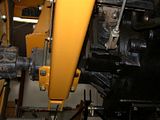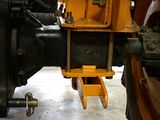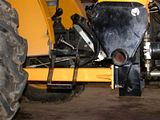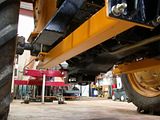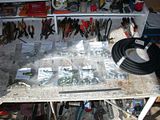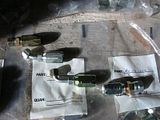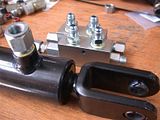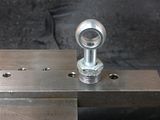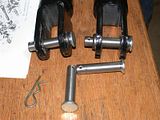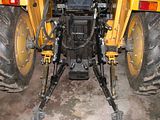Diamondpilot
Super Star Member
- Joined
- Jan 18, 2007
- Messages
- 16,326
- Location
- Daleville, IN
- Tractor
- Jinma 254/284 Ford 861 Powermaster at work
Thanks Chris,
Those stabilizer braces to rear end are super beefy and robust.
Even more so than what is on the Kama with the Koyker loader. There is always more than one way to do something. I chose this way but your way works too, of course. I copied what Koyker had done for their loader stabilizers to the rear end except did not make the additional plate to sandwich in between.
One thing I wanted was to have the rear section be separate from the loader arm tube for disassembly purposes. But any surface that was to be bolted, I wanted the butt plates to take the stress... butting up to each other in the direction of the load. There is no chance of bolts sliding out of position that way even if they loosen slightly. They only hold the plates in positon and are not used to hold the force or stress themselves.
Thanks for your keen observation.
Rob-
Yea, got you on the removal thing. Mine are totally removable also. I like yours much better than mine, they are twice as nice. I built mine with very little tools at the time. All I had for a welder was a little HF 110 Volt Flux unit. If I were to do it over I would make something similar to the ones you made. I have since gotten a Hobart 187 Mig and a Miller AC/DC Stick Welder so I have more choice.
Either way, nice job. You really need to be loaned out to Jinma for a few weeks.
Chris
